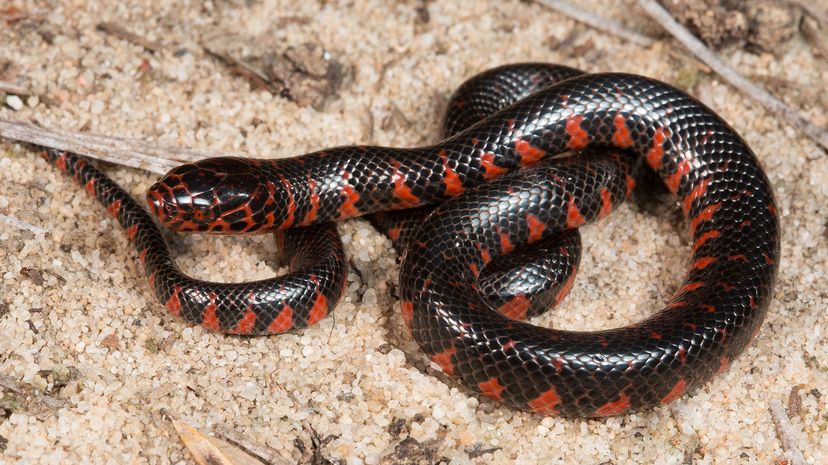The legend of the hoop snake is rooted in American folklore, with origins that likely date back to the early European settlers in North America.
The story gained popularity in the southeastern United States, where tales of strange and mythical creatures were commonly shared among communities, particularly in rural areas. The snake has been sighted in Texas, Georgia and Pennsylvania, among other locales.
The hoop snake legend may have been influenced by the settlers' encounters with unfamiliar wildlife and their natural tendency to exaggerate or embellish stories for entertainment.
Some scholars suggest that the hoop snake myth could have been inspired by real snakes' defensive behaviors, such as coiling themselves into a loop or striking with their tails. This imagery might have sparked the idea of a snake that could grab its tail and roll like a hoop.
Over time, the hoop snake became a staple of tall tales told around campfires, with each storyteller adding their own details to make the creature more fearsome or bizarre.
The Legend of Pecos Bill and the Hoop Snake
Pecos Bill, a legendary cowboy in American folklore, is said to have encountered the fearsome hoop snake during one of his many wild adventures.
Despite the hoop snake's deadly reputation, with its venomous tail capable of withering trees with a single strike, Pecos Bill, known for his extraordinary feats, managed to outsmart and tame the snake before sending it rolling off into the horizon.
However, this is just one of many tall tales about the cowboy who allegedly lassoed a tornado and rode it like a bucking bronco, further cementing his status as the ultimate larger-than-life figure in American folklore.
While ole Bill managed to wrangle the great serpent cryptid, others have tried to track it down to prove its fierceness.
